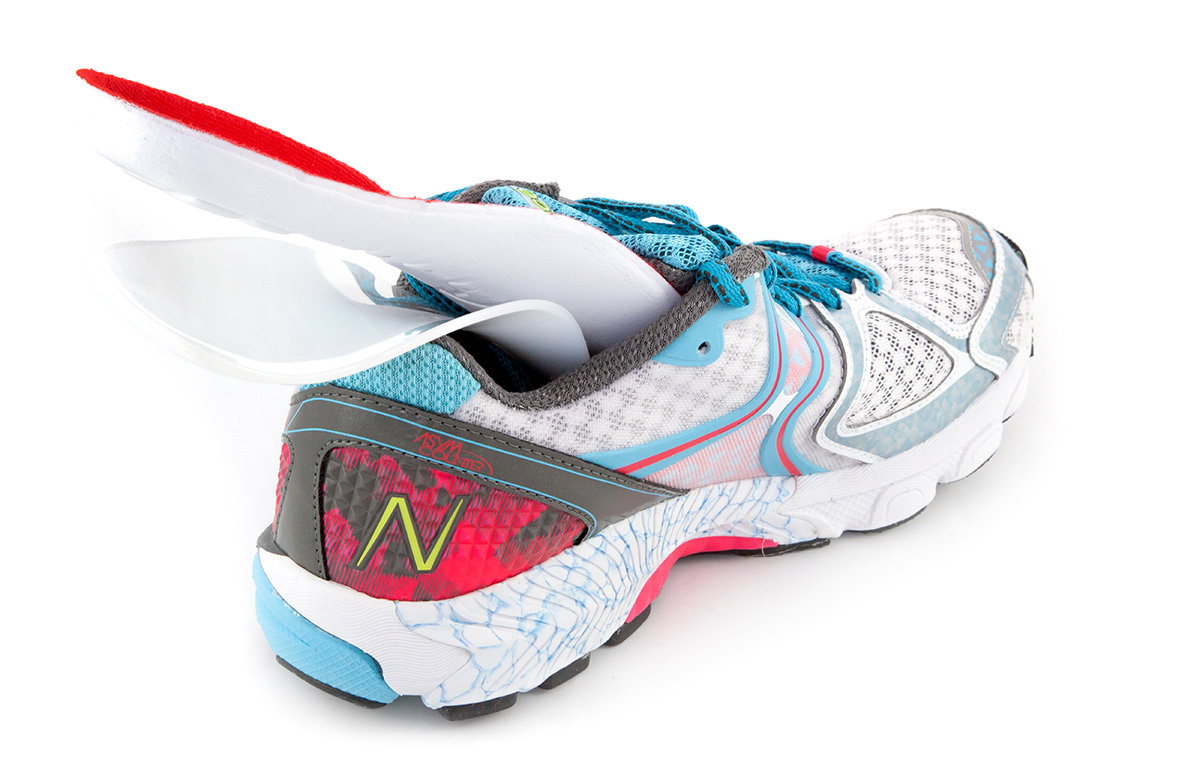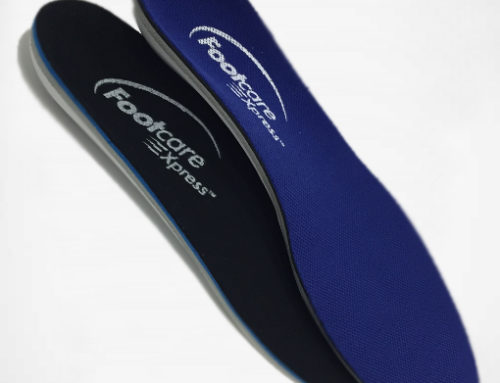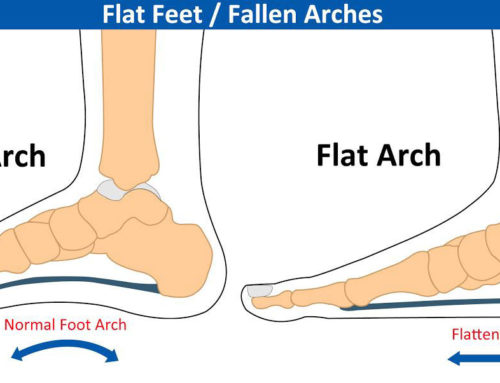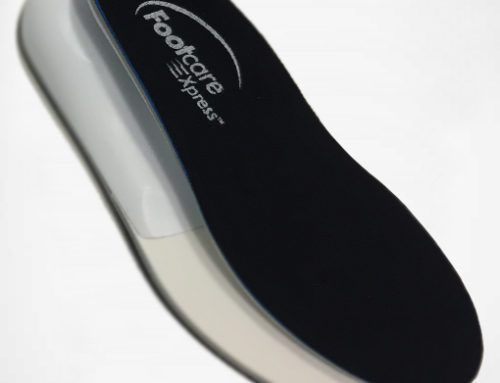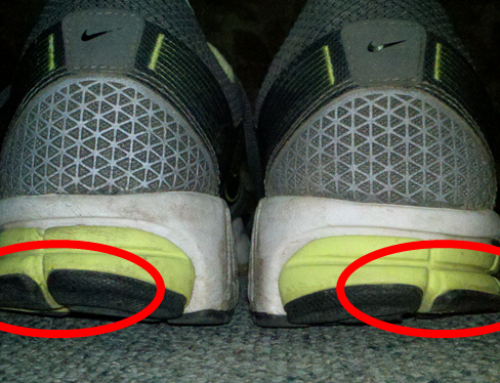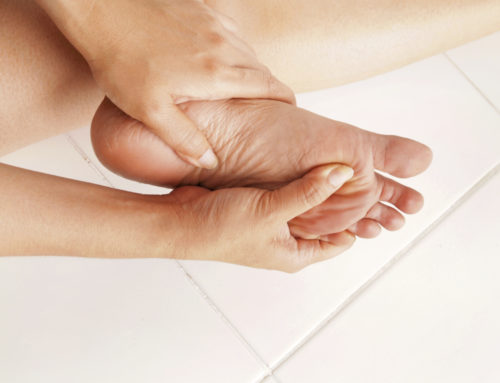What is a functional foot orthoses? By definition, a functional foot orthotic is a device that is contoured to the entire foot and used to reduce abnormal motion or abnormal position of the foot. A functional foot orthoses is also used to control the abnormal motion or abnormal position of the lower extremity that is affected by the position and/or motion of the foot.
Custom functional foot orthotics are essentially shoe inserts that may be prescribed by a Podiatrist, Orthopedist, Chiropractor, or any other health professional with a background in biomechanics. They are specifically designed devices that are worn inside the shoe to control abnormal foot function and/or accommodate painful areas of the foot. They can provide stability for the foot and correct injury-causing imbalances. This may result in a dramatic improvement in foot symptoms and efficiency. Other arch supports and insoles may be considered foot orthotic devices, however, they do not have the same corrective properties as a functional foot orthotic. For a professional to prescribe a functional foot orthotic, they must take a medical evaluation and perform a comprehensive biomechanical examination. It is important for the doctor to take angles of measurement, including structural and functional discrepancies in leg length, ranges of joint motion and evaluation of muscle activity. FootLabs goes one step further with the ability for the prescribing physician to analyze gait through video and computerized gait analysis.
A functional foot orthotic helps to control the movements of the foot known as pronation or supination. Pronation occurs when the heel bone angles inward and the arch collapses, while supination is the opposite. Supination and pronation are a normal part of the gait cycle. They allow the foot to absorb shock and adapt to uneven surfaces. However, too much of these motions may cause injury. Many problems with the feet, legs, knees and hips are caused by excessive pronation or supination. Orthotics may prevent injury or deformity from occurring or halt the progression of existing problems and allow healing to occur. If you suffer from sore hips, knees, shins, arches or metatarsal bones, you may need orthotics. In fact, most everyone can benefit from some type of orthotic. They are very useful in optimizing performance and enhancing comfort for athletes.
Functional foot orthotics can be made from an impression of your foot that capture the contour and alignment of the foot. A mold is generated from the impression and is modified to compensate for angular differences between the forefoot and heel, which can lead to excessive foot motion. A thermoplastic material is either milled or molded to the shape of the corrected impression and this becomes the orthotic. Once the orthotic is formed, various materials can be formed to the form to fabricate an orthotic device that is created according to certain specifications.
Foot orthotics are prescribed for many people including children up to the elderly for various pains and symptoms resulting from a biomechanical foot fault. From the sound of this, one might conclude that these types of foot orthotic devices are a medial necessity, considering the fact that no one has a perfect gait or walk. At Footcare Express, we strive to educate people as to the importance of a proper biomechanical examination and foot care. Our facility is accredited by the PFOLA (Prescription Foot Orthotic Laboratory Association). The PFOLA is the highest recognized certifying body for evaluating orthotic laboratories that produce functional foot orthotics. Footcare Express has been active with other larger wholesale accredited laboratories in the country, to come up with a set of criteria that can assist various insurance companies, physicians, and health organizations in recognizing the need for such medically necessary devices.
It is an educational process. Anyone who wears a functional foot orthotic can attest to their importance and how they have helped them become better and more efficient.What is a Functional Foot Orthoses?

